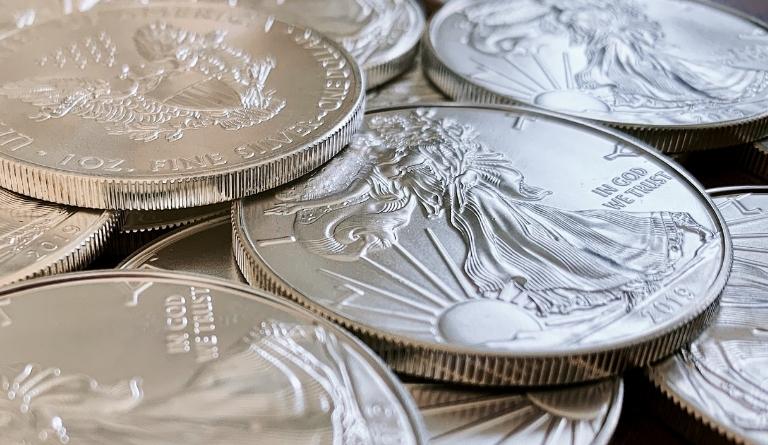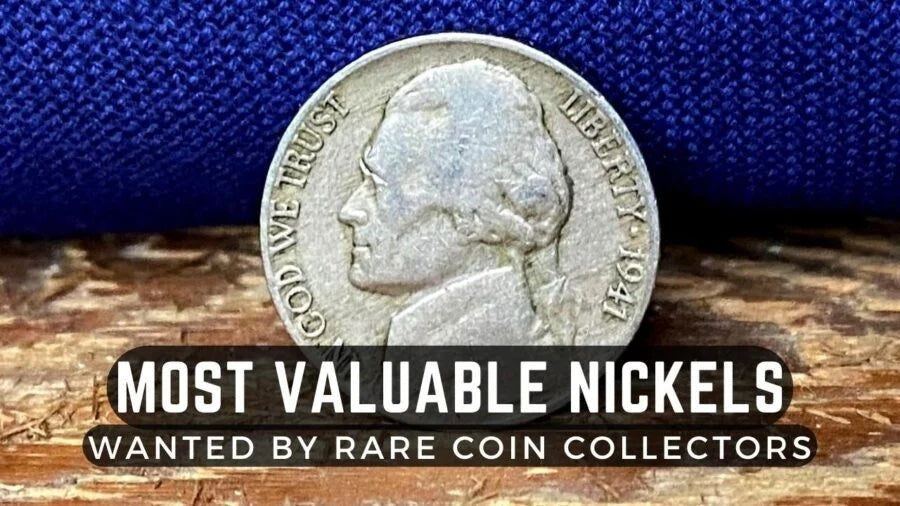Throughout modern history, economic trends and patterns have fed into expectations about gold performance during a recession. The short answer is simple. History demonstrates that gold prices rise during a recession because the precious metal is considered a safe purchase with proven positive price elasticity.
Gaining a more detailed understanding of what happens to gold in a recession and why is a much more complex topic. It requires digging into the prominent driving forces in the gold price, knowing the economic factors that don’t impact it, and reviewing the long history of economic ups and downs, noticing the patterns derived from them.
Two of the critical forces in control of gold’s price include demand and consumer behaviors. Interestingly, the price of the precious metal is not linked to inflation rates. Gold rates face only subtle changes each year, which can help us understand what happens to gold in a recession.
Because its price remains reliably steady during economic uncertainty, gold offers a relatively safe outlet for those interested in purchasing it for long-term holding. Similarly, and as previously mentioned, gold has what’s called “positive price elasticity.” This means that as demand increases for the precious metal, so does the price. Thus, during a recession, when so many buyers flock to gold, the price inherently increases based on this relationship.
THE HISTORY OF GOLD PRICES DURING AMERICAN RECESSIONS
As we understand it today, what happens to gold in a recession is backed up by an economic history with repeated, proven patterns. Arguably the most infamous recession in modern history, the Great Depression of the 1920s and 30s, is an early indicator of gold’s nature of rising in price during economic turmoil.
A key contributor to the disastrous Great Depression was the Federal Reserve’s persistence in maintaining the gold standard within the American economy, despite a collection of European countries that had decided to denounce the system.
As a direct result of the market crash and the federal government’s commitment to the gold standard, the public held onto its gold even tighter. This led to the enactment of the Gold Reserve Act. This doctrine, which was signed into law by President Franklin D. Roosevelt, required those in possession of gold in various forms to turn these pieces over to the federal government in exchange for $20.67 per ounce. Subsequently, the government raised the price of gold in an attempt to re-stabilize the economy. Ultimately, between 1929 and 1934, the cost of gold increased from $20.67 to $35 per ounce.
Now, let’s fast forward to the 21st century and the Great Recession of 2008. The proven track record of gold’s performance during a recession persisted. After rising a comparatively subtle 2.8% during 2008, in 2009, gold prices soared 12.8% as investors sought a stable asset that would likely hold its value during the most significant economic failure in our lifetime.
After the initial blow of 2008’s stock market crash and a slow recovery clouded with skepticism, gold prices skyrocketed 50.6% between September 2010 and 2011. Gold’s price reached a historic $1,917.90 amid a tragic recession.
This long and consistent history of gold’s behavior during recessions now brings us to today, early 2021. We’re in an era of economic trouble, which can largely be attributed to the current global health crisis. Unsurprisingly, the precious metal has proven its pattern trustworthy once again during the coronavirus pandemic beginning early last year. In early August 2020, gold prices reached yet another record-breaking peak at $2,062.50 per ounce. This continues to confirm what happens to gold in a recession.
GOLD PRICES: AN ECONOMIC INDICATOR
With an awareness of the significant factors contributing to the gold’s price and overall value, partnered with what history has taught about what happens to gold in a recession, gold prices have come to serve as an indicator of our economy’s status as a whole.
These trends have taught experts that gold prices and the economy have an inverse relationship with one another. This suggests that monitoring gold prices has the power to tell us where our economy is and potentially where it may be going. Simply put, rising gold prices may indicate that a recession is on the horizon. Conversely, when gold prices are lower than usual, it suggests that the economy is stable, and a looming recession is not likely.
With this information stored in our pockets, it helps us make more informed and ultimately wiser decisions in the face of economic downfall. Experts suggest that when the stock market outlook appears disheartening, buying gold is fiscally responsible in preparation for the potentially impending financial hardship.
SHOULD YOU BUY GOLD?
Because of the trends in gold prices and popularity through history, its long-term stability, and its steadily increasing value, many experts recommend a gold purchase as part of a sound strategy of allocations.
In times of economic uncertainty, most individuals’ main goal is to protect themselves and their families’ finances and assets. With this goal in mind and the proven history of gold’s success during economically troubling eras make it easy to understand why so many experts recommend this precious metal.
This also leads experts to conclude that for both long-term and retirement-focused assets, gold is once again a reliable route to take in protecting and potentially growing investors’ finances.
The future of gold appears promising in the eyes of experts, too. Because of its steady growth and success during recessionary periods, gold’s value is appreciated in several industries. Gold is most historically recognized for its roles in sectors like jewelry and currency. However, many tech innovations utilize gold in their components. This could indicate that gold’s value will remain on a stable upward trajectory.
Some of these innovations are coming within industries such as medical and medicinal, environmental, engineering, aerospace, and additional technological advances.
Considering the longevity and safety that can be expected with gold purchases, alongside its success amid modern history’s most memorable recessions, experts consider purchasing gold to be a solid choice when diversifying and making long-term financial decisions.
Real Time Precious Metals Data Below







